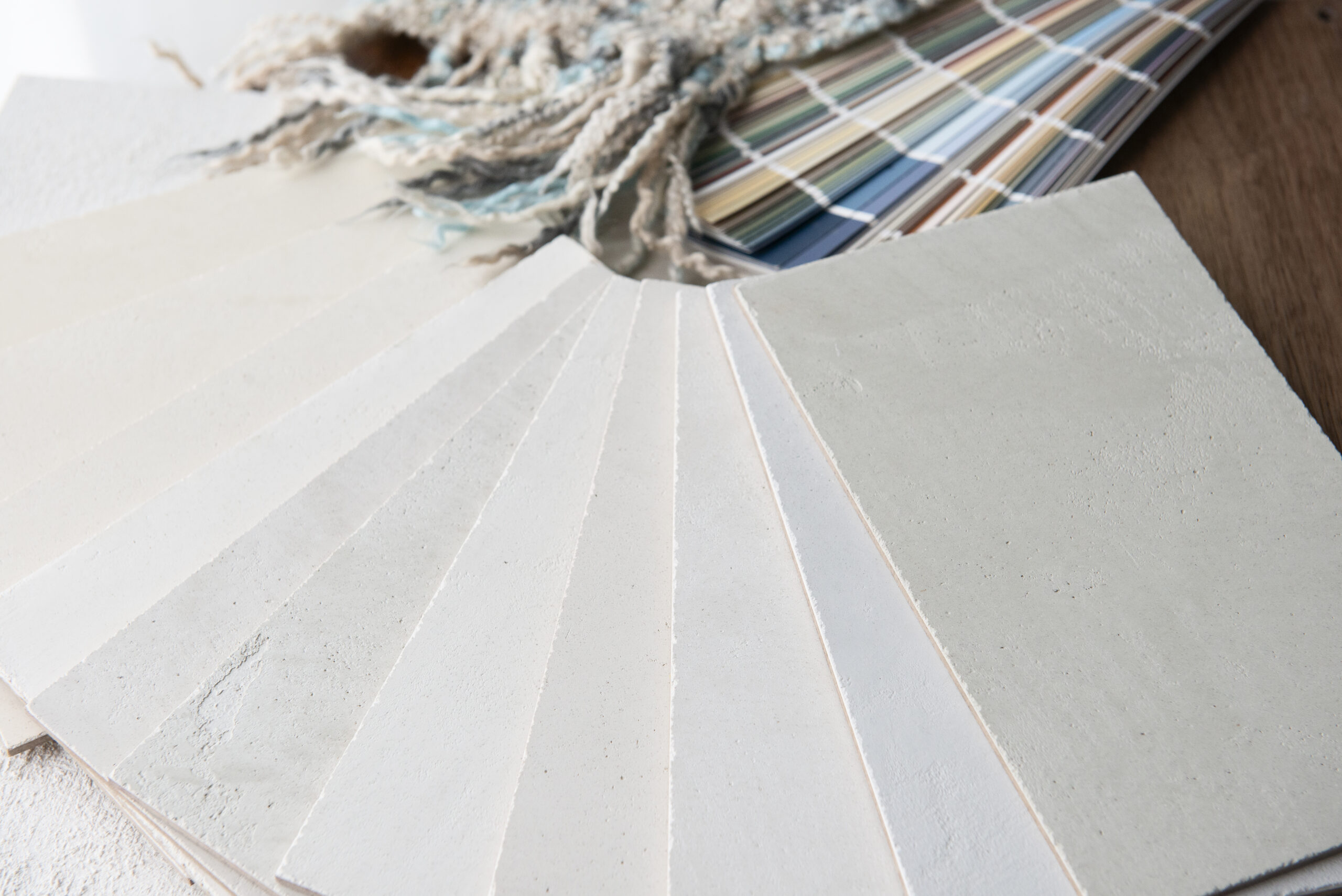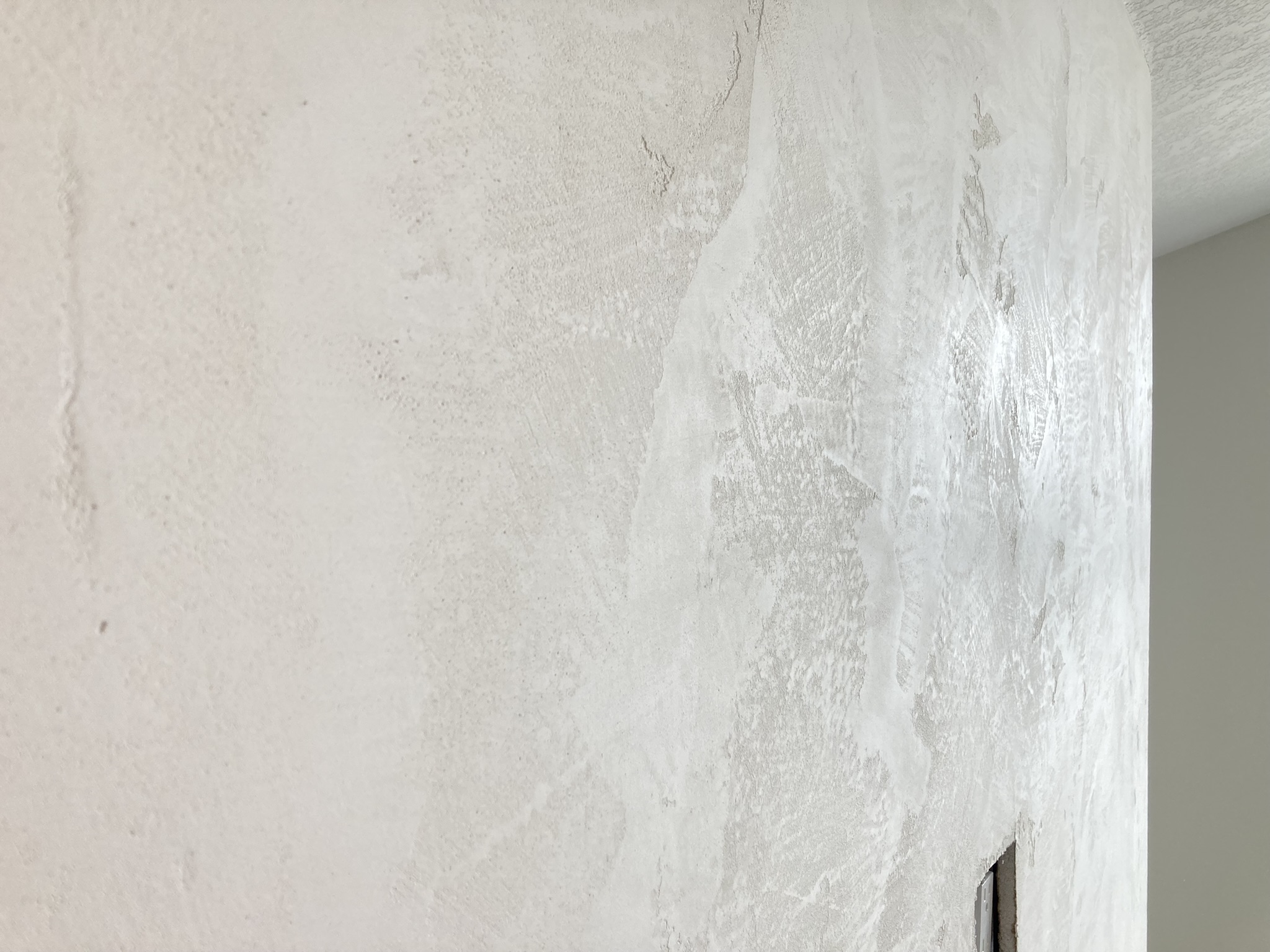In an era where environmental consciousness is at the forefront of many decisions, finding eco-friendly alternatives for everyday materials has become a top priority for homeowners, builders, and designers alike. When it comes to wall finishes, the choice between traditional paints and more sustainable options can have a profound impact on both the aesthetics and the ecological footprint of our living spaces. Enter deSTYLE Handcrafted Finishes Ltd.’s limestone plasters, a solution that not only elevates the visual appeal of walls but also addresses growing concerns about the environmental impact of conventional wall finishes.
As we embark on a journey to compare the environmental consequences of using deSTYLE’s limestone plasters and traditional water-based paints, it’s essential to recognize that our choices have far-reaching effects on the planet. By delving into the intricacies of product complexity, carbon emissions, lifespan, and waste disposal, we aim to provide an honest and comprehensive understanding of these wall finishes’ ecological implications. This knowledge empowers homeowners, builders, and designers to make informed decisions that align with their values, ultimately contributing to a greener and more sustainable future for all.
Join us as we explore the world of wall finishes, uncovering the truth about the environmental impact of deSTYLE Handcrafted Finishes Ltd.’s limestone plasters and traditional paints, and revealing the greener choice for those seeking both style and sustainability in their homes and commercial spaces.
Simplicity of Limestone Plasters:
As we delve into the world of wall finishes, the striking contrast between the simplicity of deSTYLE’s limestone plasters and the complexity of traditional paints becomes apparent. This distinction plays a significant role in determining the environmental impact of each product.
deSTYLE Handcrafted Finishes Ltd. has harnessed the natural elegance of limestone and marble dust to create a remarkably simple and sustainable product. By using these natural materials as the primary components, deSTYLE’s limestone plasters provide a finish that is not only visually stunning but also gentle on the environment. This simple formulation allows for a more streamlined and energy-efficient production process, ensuring that the plaster’s environmental footprint remains as minimal as possible.
In stark contrast, traditional water-based paints are a complex concoction of various components, each with its own unique environmental implications. From resins and solvents to pigments like titanium dioxide, the production and processing of these materials involve a myriad of energy-intensive processes, ultimately contributing to a larger carbon footprint. The multiple stages of extraction, processing, and transportation associated with these raw materials further amplify the ecological consequences of paint production.
Moreover, the intricate composition of paints presents potential health and environmental hazards, especially when considering the use of solvents and additives that release volatile organic compounds (VOCs). These VOCs contribute to air pollution, adding another layer of complexity to the environmental impact of traditional paints.
As we weigh the simplicity of deSTYLE’s limestone plasters against the complexity of conventional paints, it becomes increasingly clear that the natural, straightforward composition of limestone plasters offers a more environmentally friendly alternative. By embracing the beauty and charm of limestone plaster, homeowners, builders, and designers can create stunning wall finishes that harmonize with nature, ensuring a greener and more sustainable future for our planet.
Carbon Emissions Comparison:
The carbon emissions associated with the production and application of wall finishes have become an increasingly important factor in determining their environmental impact. In our quest to compare deSTYLE’s limestone plasters and traditional water-based paints, understanding the carbon emissions generated at each stage of their respective life cycles is crucial.
deSTYLE’s limestone plaster production involves three main processes: calcination, slaking, and carbonation. While calcination releases carbon dioxide as a byproduct, the carbonation stage sequesters some of the atmospheric CO2, helping to offset a portion of the emissions generated during the plaster’s creation. Although not entirely carbon neutral, this natural ability to capture carbon dioxide sets limestone plasters apart from many other wall finishes, offering a greener alternative that is more in tune with the environment.
In contrast, traditional water-based paint production can be a significant contributor to carbon emissions. The diverse array of components used in paints, such as resins, pigments, solvents, and additives, each require their own energy-intensive processes for extraction and production. The production of titanium dioxide, a common pigment found in water-based paints, is particularly noteworthy for its high energy consumption and associated carbon emissions.
Further exacerbating the carbon footprint of paint production is the transportation of raw materials and finished products. Sourcing components from multiple locations and distributing the final product across vast distances contribute to the release of greenhouse gases, amplifying the environmental impact of traditional paints.
When comparing the carbon emissions of deSTYLE’s limestone plasters and conventional water-based paints, it becomes evident that the former presents a more environmentally conscious choice. By opting for the natural elegance of limestone plasters, homeowners, builders, and designers can create breathtaking wall finishes that reduce their carbon footprint and contribute to a more sustainable future for our planet.
Lifespan & Longevity:
As we consider the environmental implications of our choices in wall finishes, it’s essential to factor in the lifespan and longevity of the materials we choose. The durability and lasting appeal of a wall finish not only influence its aesthetic value but also play a vital role in determining its ecological impact over time.
deSTYLE’s limestone plasters are renowned for their exceptional durability, with some applications lasting for several decades or even centuries. This impressive longevity is a testament to the plaster’s ability to withstand the test of time, providing a wall finish that remains beautiful and functional for generations. By reducing the need for frequent reapplications or repairs, the long lifespan of limestone plaster significantly decreases the environmental impact associated with the production, transportation, and disposal of wall finishes.
In contrast, traditional water-based paints may not offer the same level of durability and longevity. Painted surfaces often require more frequent maintenance, including repainting or touch-ups, to keep them looking fresh and well-kept. This need for regular upkeep not only adds to the cost and labor associated with maintaining painted walls but also amplifies the environmental impact of paint production, transportation, and waste disposal.
Moreover, the shorter lifespan of traditional paints can lead to increased waste generation, as old paint is stripped away and discarded to make way for new applications. This accumulation of waste, particularly when the paint contains harmful chemicals or VOCs, presents further challenges in terms of responsible disposal and the potential for environmental contamination.
In the comparison of lifespan and longevity between deSTYLE’s limestone plasters and conventional water-based paints, it’s evident that the former offers a more sustainable and eco-friendly solution. By embracing the enduring beauty of limestone plaster, homeowners, builders, and designers can create wall finishes that stand the test of time, reducing their environmental impact and fostering a greener future for our planet.
Waste Disposal:
When evaluating the environmental footprint of wall finishes, waste disposal is a critical aspect that cannot be overlooked. The methods and consequences of disposing of waste generated from the production, application, and removal of wall finishes play a significant role in determining their overall ecological impact.
deSTYLE’s limestone plasters, with their natural composition of limestone and marble dust, generate waste that is predominantly composed of biodegradable materials. This environmentally friendly characteristic of limestone plaster waste makes it easier to recycle, repurpose, or dispose of without causing harm to the environment. The natural components can break down over time, returning to the earth and minimizing the potential for pollution or other adverse environmental effects.
On the other hand, waste generated from traditional water-based paints presents more complex challenges in terms of disposal and environmental impact. Paint waste may contain a variety of potentially harmful substances, including solvents, additives, and pigments such as titanium dioxide. When not disposed of properly, these components can contaminate soil and water sources, causing harm to ecosystems and human health.
Additionally, the shorter lifespan of conventional paints contributes to more frequent waste generation, as old paint is removed and discarded during maintenance and renovation projects. This increase in waste production places a strain on landfill capacity and necessitates more robust waste management solutions to prevent environmental damage.
In the realm of waste disposal, it becomes clear that deSTYLE’s limestone plasters offer a more eco-friendly alternative compared to traditional water-based paints. By choosing limestone plaster for wall finishes, homeowners, builders, and designers can significantly reduce the environmental impact associated with waste generation and disposal, contributing to a cleaner, greener planet for future generations to enjoy.
Conclusion:
As we reach the end of our exploration into the world of wall finishes, it becomes apparent that deSTYLE Handcrafted Finishes Ltd.’s limestone plasters stand as a testament to the company’s commitment to greener pursuits and environmental responsibility. By providing a natural, durable, and sustainable alternative to traditional water-based paints, deSTYLE has successfully bridged the gap between style and sustainability, creating an eco-friendly solution that caters to the needs of homeowners, builders, and designers alike.
Throughout our comparison of deSTYLE’s limestone plasters and conventional paints, we have seen the numerous advantages that limestone plasters bring to the table. From their simple, natural composition and reduced carbon emissions to their impressive lifespan and environmentally friendly waste disposal, limestone plasters have consistently demonstrated their superiority in terms of ecological impact.
deSTYLE Handcrafted Finishes Ltd.’s dedication to creating sustainable wall finishes not only showcases their awareness of the challenges our planet faces but also exemplifies their determination to be a part of the solution. By continuously innovating and striving for greener practices, deSTYLE paves the way for a future where aesthetics and environmental stewardship go hand in hand.
In conclusion, choosing deSTYLE’s limestone plasters over traditional paints signifies a conscious decision to embrace a greener lifestyle, while also benefiting from the timeless beauty and durability that these handcrafted finishes have to offer. For those seeking to minimize their environmental footprint without sacrificing style or quality, deSTYLE Handcrafted Finishes Ltd.’s limestone plasters are the clear choice, providing an elegant and eco-friendly solution that will stand the test of time and contribute to a healthier, more sustainable planet.



